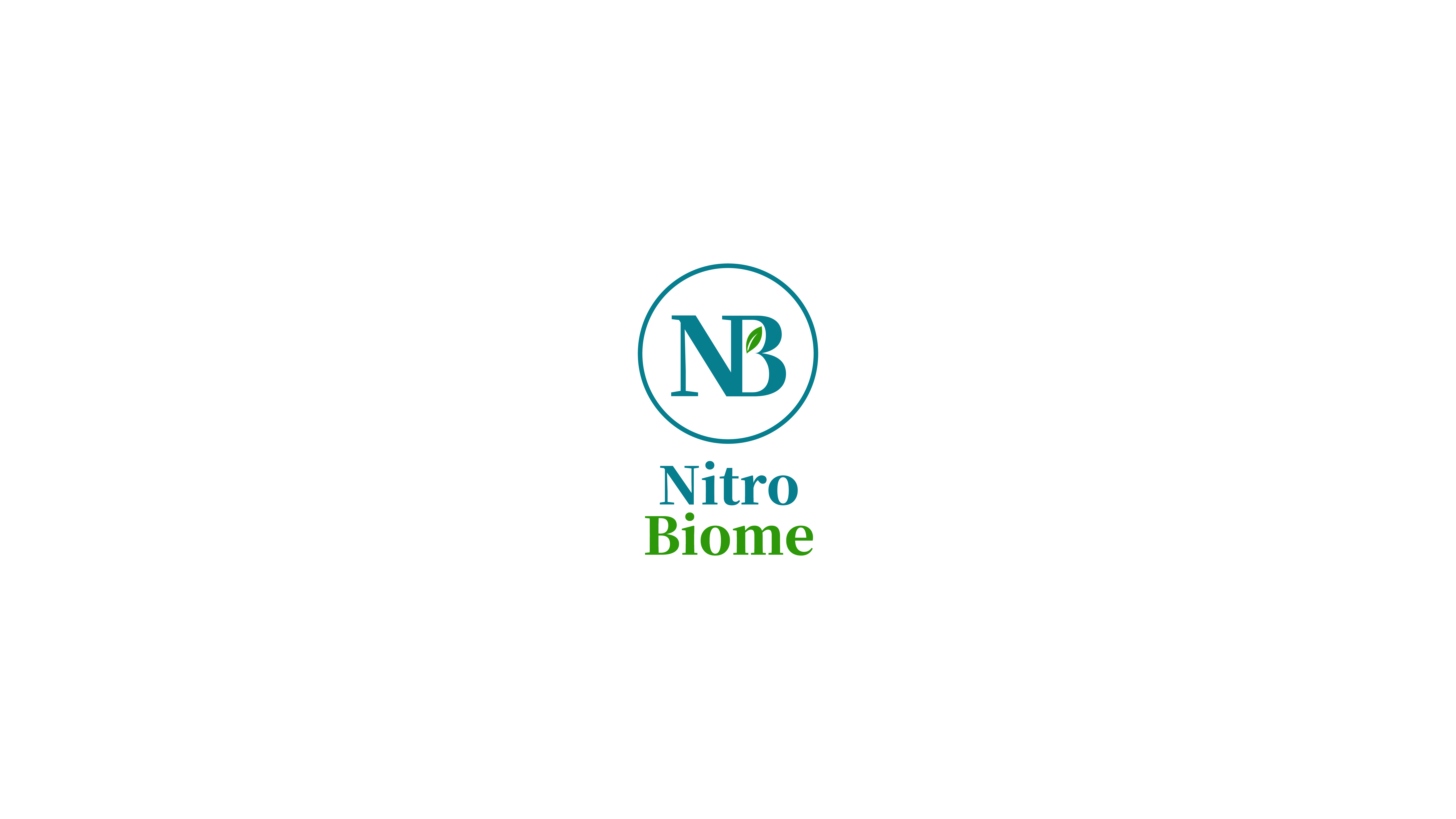| Distinctive |
Precursor-based products |
Metabolite-based products (NitroBiome) |
| Definition |
Precursors for NO production (L-Arg, NO3⁻, etc.) |
NO activity-related substances produced by fermentation (NitroBiome, etc.) |
| Representative ingredients |
L-Arginine, L-Citrulline, Nitrate (NO₃⁻), Nitrite (NO₂⁻) |
Fermentation-derived metabolites using natural products such as vegetables, S-nitrosothiol and nitrophenols |
| Path of action |
① eNOS pathway: L-Arg → NO
② Non-enzymatic pathway: NO₃⁻ → NO₂⁻ → NO (low-oxygen/acidic environment) |
Fermentation products (e.g., RSNO, NO₂-phenol, etc.) directly induce NO reaction |
| Speed of action |
Activation after digestion and liver metabolism → relatively slow |
Some metabolites are rapidly absorbed from the intestine and induce NO activity. |
| Enzyme Need |
eNOS, iNOS, etc., are required |
Some act non-enzymatically, or are already produced during fermentation. |
| Sustainability |
Short plasma half-life |
Some ingredients can have a lasting effect on the intestinal mucosa. |
| Individual differences influence |
Influenced by eNOS genotype, liver function, and gut microbiota status |
The active ingredients are stabilized during the fermentation process, so there is little individual variation. |
| Compound effect |
Mainly focused on vasodilation and improving blood flow |
Including vasodilation and improved blood flow, antioxidant, anti-inflammatory, immune regulation, and intestinal microflora balance. |
| Genesis |
Amino acids, mineral salts (NO3⁻, etc.) |
Fermented vegetables, microbial metabolites |
| Absorption and action |
Activation of the NOS pathway after hepatic absorption |
Direct action after intestinal absorption |
| Range of effect |
Focus on improving blood flow |
Complex actions, including improving blood flow, systemic inflammation, intestinal environment, and immunity |
| Example Products
|
Citrulline, L-Arginine Supplements |
NitroBiome, cabbage/fermented beet/pomegranate/kale/garlic/lettuce, etc. |








